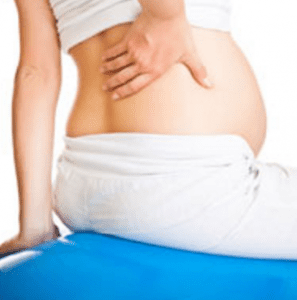If you have ever walked past a visibly pregnant woman wearing 4-inch stilettos, you likely watched her closely lest she lose her balance and fall.
An entire audience felt this way at the 2010 Black Entertainment Television awards as they watched songstress Alicia Keys, at 5 months pregnant, toddle onstage in pink stilettos. One week later, at the Essence Music Festival, Keys [again in stilettos], lost her balance and tumbled. It was confirmed soon after the concert that both Keys and baby were unharmed, yet many still asked why a pregnant woman was wearing high heels.
For fashionistas, stilettos are an important statement. But their use in pregnancy can be downright dangerous to you and your baby.
Risking a Fall
Falling is the leading cause of ER admissions, and if you’re pregnant, a fall increases your risk for injuries and premature delivery.
During pregnancy, you react slower to threatening situations that occur before a fall. The further you are along in your pregnancy, the greater the risks, especially around sidewalks, stairs, whether you’re carrying objects and what kind of shoes you’re wearing.
Your feet also change during pregnancy. On average, you’ll retain nearly 2 gallons of water. Between 13 and 35 weeks gestation, your feet will swell the most due to the build up of fluid, fat and weight. At the same time, the hormone Relaxin causes the soft tissue of the foot to relax and this can be painful for some women. And while you may lose most, if not all, of the pregnancy weight by 8 weeks postpartum, your feet may never return to their pre-pregnancy size.
As your baby develops, your balance will also change because of your ever-expanding midsection. This puts increased pressure on your lower spine and abdominal muscles, which makes you rely more on visual cues for balance. This gradual change in your center of gravity alters your posture and balance, which may result in more falls.
Exercise to Reduce Your Risk of Falls
Regular exercise during pregnancy can diminish discomfort and fall risks, create shorter labor and reduce fetal distress. Walking, prenatal yoga, and Pilates are 3 popular forms of exercise recommended during pregnancy. Your healthcare provider may also clear you for aerobics, swimming, strength training and plenty of pelvic floor exercises to keep your pelvic floor strong.
What to Wear
Wearing comfortable and suitable shoes is essential for exercise and in pregnancy overall. Look for clogs, sneakers, loafers, and non-skid boots for the greatest stability. Limit heels to those no more than 2” tall and with a wide base. And make sure you have at least one pair of slip-ons in your closet as you may lose your ability to bend over altogether as your pregnancy nears completion.
Related articles







Comments are closed.